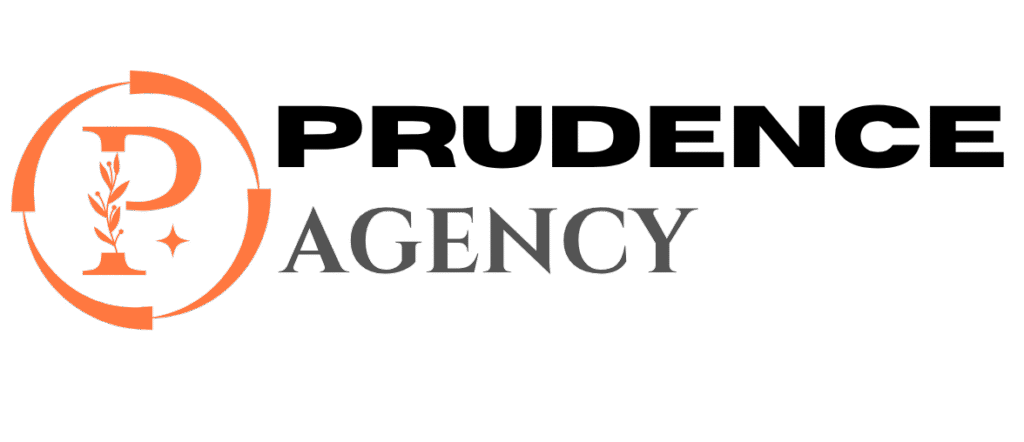How to Design for Trust and Credibility: Proven Strategies for Your Website
In the digital age, trust and credibility are the cornerstones of successful online experiences. Whether you’re running an e-commerce store, a personal blog, or a corporate website, the design of your site can either make visitors feel confident or skeptical. But how exactly do you design for trust and credibility? This comprehensive guide will walk you through key principles, practical tips, and proven strategies to help you craft a website that fosters user confidence and drives conversions.
Why Designing for Trust and Credibility Matters
Before diving into concrete design techniques, it’s important to understand why trust and credibility are so vital:
- Boosts Conversion Rates: Users who trust your website are more likely to complete purchases or subscribe to services.
- Enhances Brand Reputation: Trustworthy design helps build a positive brand perception and emotional connection.
- Reduces Bounce Rates: Credible websites encourage visitors to stay longer, consuming more content or engaging with tools.
- Supports SEO: Search engines increasingly factor user experience and website reputation into search rankings.
Key Elements to Design for Trust and Credibility
A trustworthy website often includes the following design components that communicate professionalism, reliability, and authenticity:
1. Clear and Intuitive Navigation
Visitors need to find what they’re looking for without confusion. A clean navigation menu with logical sections helps users feel in control.
2. Professional Visual Design
Use high-quality images, consistent branding, and a balanced color palette. Avoid clutter and design elements that look outdated or unpolished.
3. Authentic Branding and Storytelling
Showcase your company’s values, history, and team. Authentic storytelling creates emotional bonds that build trust.
4. Social Proof and Testimonials
Display client testimonials, reviews, case studies, and trust badges prominently to let others vouch for you.
5. Transparent Contact Information
Include easily accessible contact details such as phone numbers, email addresses, and physical locations to show you’re reachable.
6. Secure and Privacy-Focused Features
Implement HTTPS encryption and clearly display privacy policies. Security seals and badges reassure users their data is safe.
Practical Tips to Build Trust Through Design
Incorporate the following actionable strategies in your website design to enhance user trust and credibility:
- Leverage Consistent Typography and Color Schemes: Consistency signals professionalism and attention to detail.
- Use Real Photos Over Stock Images: Real photos of your team or workspace add authenticity.
- Ensure Fast Loading Times: Slow websites frustrate users and feel unreliable.
- Optimize for Mobile: Trustworthy experiences should be seamless across all devices.
- Add Clear Call-to-Actions (CTAs): Transparent CTAs reduce hesitation and guide user decisions.
- Showcase Awards and Certifications: Highlight industry recognitions to bolster credibility.
- Design Accessible Interfaces: Inclusivity demonstrates care and builds wider trust.
SEO-Optimized Design for Trust – What You Should Know
Search engines prioritize websites that offer a great user experience and genuine credibility. Here’s how you can optimize your design with an SEO mindset:
| Design Element | SEO Impact | Trust Benefit |
|---|---|---|
| Page Speed Optimization | Improves rankings & user retention | Enhances user satisfaction |
| Mobile Responsive Design | Boosts mobile search rankings | Builds reliability across devices |
| SSL Certificate (HTTPS) | Favored by Google, secure browsing | Increases user confidence |
| Clear Structured Data | Rich snippets enhance search visibility | Provides transparent info upfront |
Case Study: Redesigning for Trust – A Real-World Example
Company X, an online retailer, faced low conversion rates despite high traffic. After performing a trust-oriented redesign, they observed impressive metrics improvements:
- Before redesign: 1.5% conversion rate, 70% bounce rate.
- After redesign: 3.7% conversion rate, 45% bounce rate.
Key redesign changes included:
- Using authentic customer photos and video testimonials.
- Adding visible security badges on checkout pages.
- Streamlining navigation with clear product categories.
- Displaying contact info and shipping policies transparently.
This case highlights how purposeful design integrating trust elements directly impacts business success.
Benefits of Designing for Trust and Credibility
A website crafted for trust yields multiple benefits for both users and business owners:
- Improved Customer Loyalty: Trust leads to repeat visits and positive word-of-mouth.
- Competitive Advantage: High trust levels differentiate your brand in crowded markets.
- Lower Customer Support Costs: Clear, transparent design reduces user confusion and inquiry volume.
- Higher ROI on Marketing Efforts: Trustworthy experiences convert more visitors from ads and campaigns.
Conclusion
Designing for trust and credibility is no longer optional-it’s a necessity in creating successful digital experiences. By focusing on clean navigation, authentic branding, transparent communication, security features, and social proof, your website becomes a trusted space where visitors feel confident engaging with your brand. Remember to combine these design principles with strong SEO practices to boost your online visibility and attract more loyal customers.
Start today by auditing your current site against the trust factors discussed here, and watch as your credibility-along with your business growth-flourishes!










